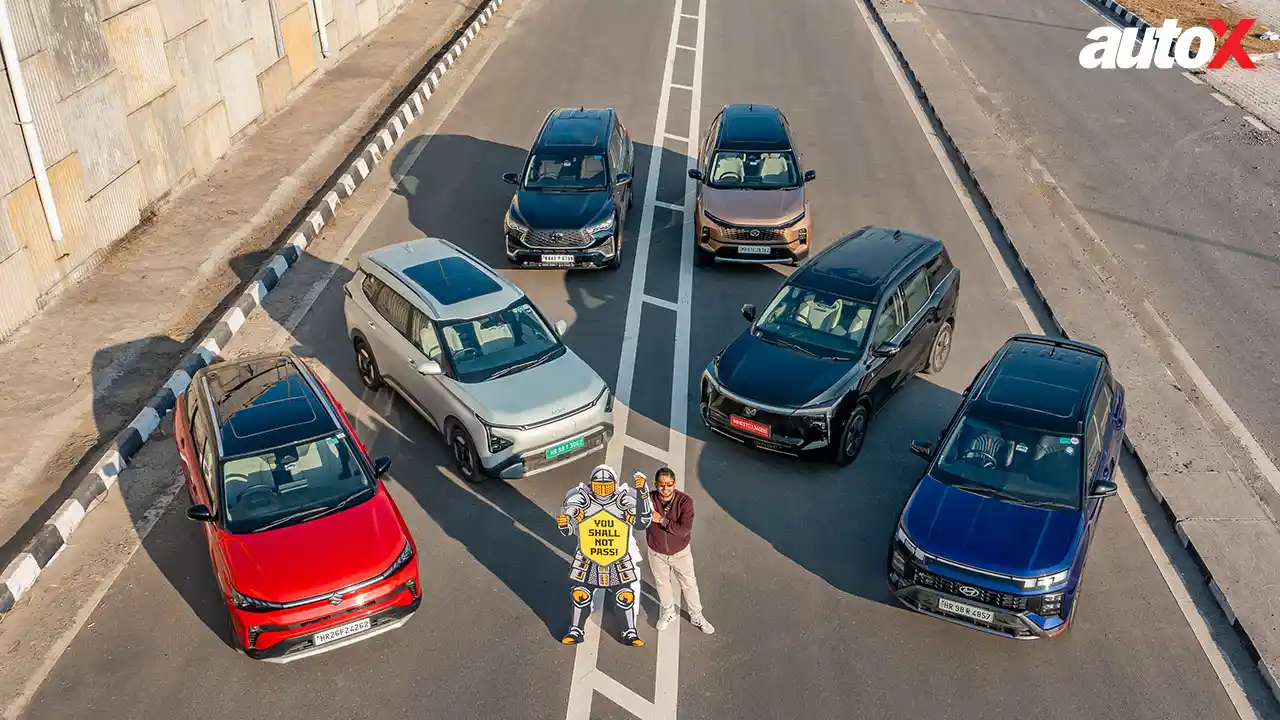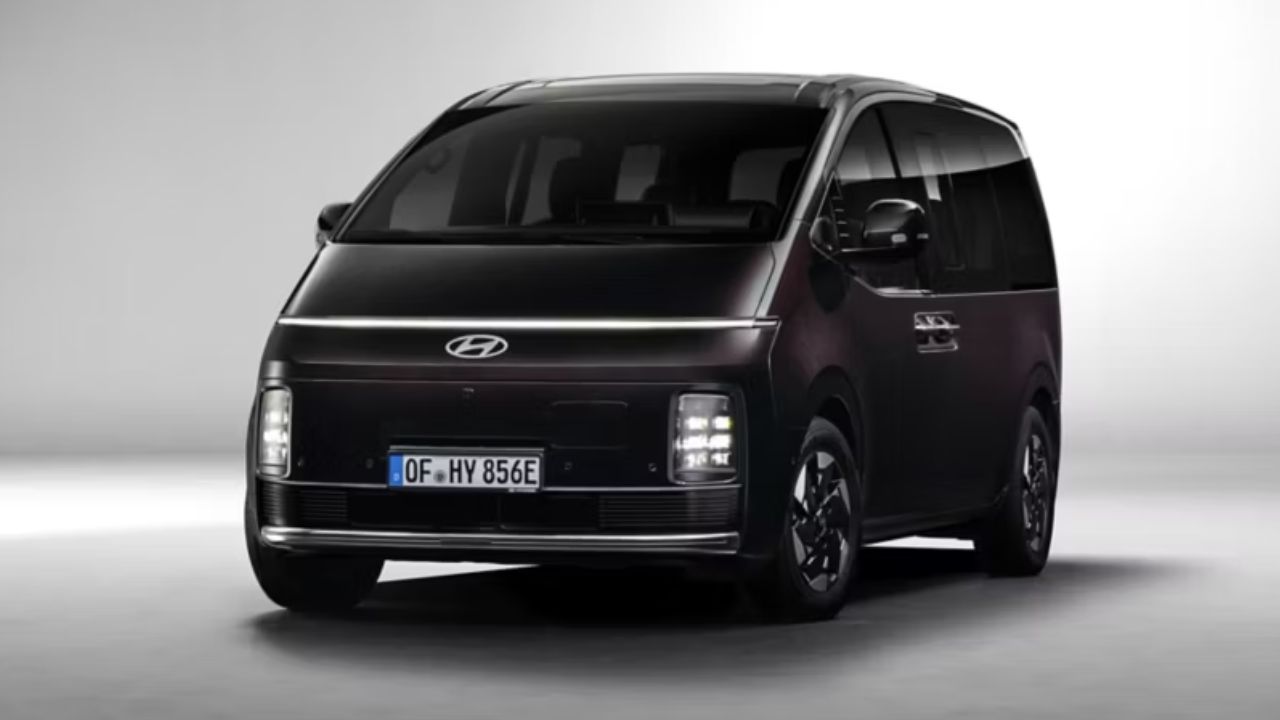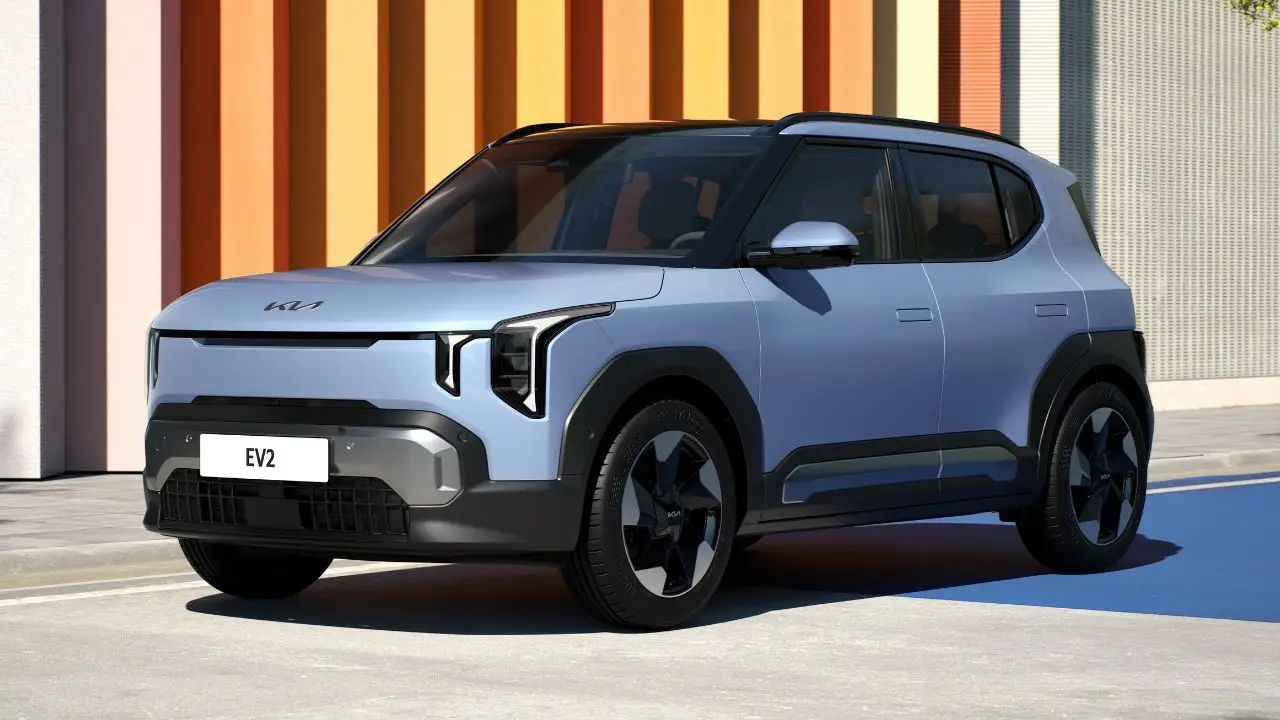Hyundai & Kia to fit solar panel technology in new cars from 2019
The roof or bonnet-mounted solar panel technology will be released in three phases, with the first-generation solar technology making it to production cars in 2019. Hyundai and Kia have laid out plans to introduce ‘solar roof’ charging technology on selected models from both the brands.
By autoX Editorial

The roof or bonnet-mounted solar technology will be released in three phases, with the first-generation solar panels making it to production cars in 2019.
Hyundai and Kia have laid out plans to introduce ‘solar roof’ charging technology on selected models from both the brands. This technology, which is likely to make it to Hyundai and Kia cars by 2019, will have electricity-generating solar panels mounted on the vehicle’s bonnet or roof and will be used in internal combustion, hybrid and electric vehicles, with the aim of increasing fuel efficiency and reducing emissions.
The solar panels will be used to support a vehicle’s main power source, but how’s it done? Well, here’s what the official release says,
“When a 100W solar panel is equipped, it can produce up to 100 Wh of energy (in ideal conditions: summer noon, 1000 W/m2 intensity of radiation). The controller features Maximum Power Point Tracking (MPPT), which controls the voltage and current to increase the efficiency of electricity harvested by the solar panel. This power is converted and stored in the battery, or utilized to decrease the load on the vehicle’s alternating current (AC) generator, thereby increasing vehicle range.”
Hyundai Motor Group will have three different types of solar roof charging systems. The first-generation system is for hybrid vehicles, the second-generation for a semi-transparent solar roof system in internal combustion vehicles, while the third generation has a lightweight solar roof, meant exclusively for electric vehicles.
Now, the first-generation system is made out of a structure of silicon solar panels that are integrated into a standard car roof. The system will be capable of charging 30 to 60 per cent of the battery on a normal day but, of course, this will be dependent on weather conditions and other environmental factors. The second-generation semi-transparent solar roof will be integrated with a panoramic sunroof of internal combustion vehicles. The group says that this will help these vehicles “comply with ever more stringent global environmental laws regulating CO2 emissions.”
The third-generation system, which is for the electric vehicle, is currently in testing and it’s designed to be applied to the hood and roof of pure electric vehicles to maximize energy output.
The first-generation solar panels will the first ones to make it to production cars in 2019, while the next two will follow later on.





